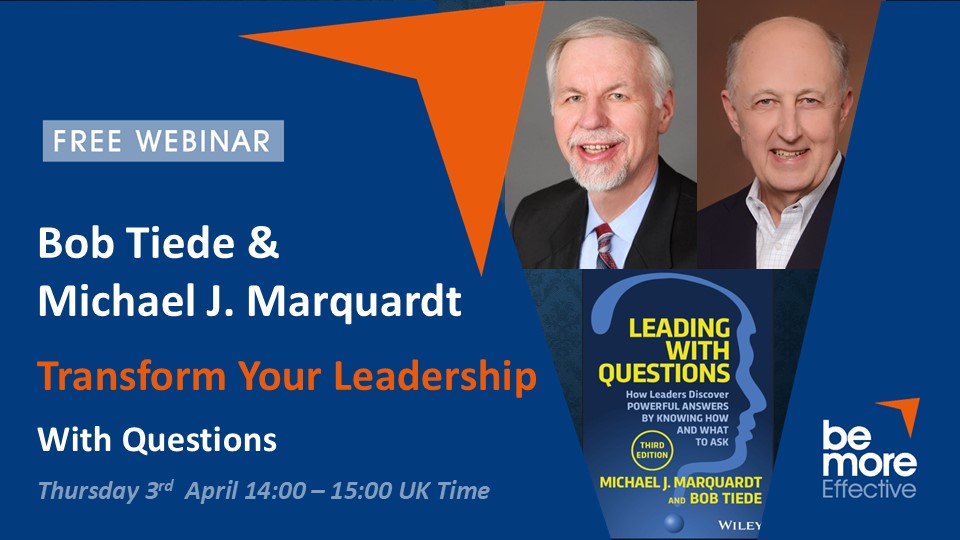What is Critical Mass?
Just what is Critical Mass? A very important religious experience?
No..!
The term Critical Mass, in this instance, I am defining as the size of the group of people necessary for an idea to be adopted by the whole of an organisation.
Why do I need a Critical Mass?
Because even if you are able to develop a brilliant new strategy or change initiative you will still have to develop organisational ownership and commitment if your ambitions are ever to be realised.
Since the days of Coch and French, who in 1948 ~ yes that's right 1948; we like to consider ourselves so smart these days ~ who in their article 'Overcoming Resistance to Change' it has been known that there is a highly beneficial impact of involving people in changes that affect them. I know that is a surprise to you, but hey that's what we need sociologists and psychologists for; to prove that common sense really is the truth.
Coch and French conducted experiments on the effects of involving employees in changing work procedures. They found that by including them in the change process from the VERY BEGINNING, they were able to reduce resistance to the implementation of the new work procedures. High & Early Involvement Groups out performed the other groups and experienced an increase in productivity while Non & Late Involvement Groups experienced a drop in productivity, with an increase in grievances and resignations.
When people are excluded from the change process from the very beginning, they rarely exhibit the necessary levels of ownership and commitment to see the new idea or strategy through to successful
implementation. The level of ownership and commitments does go up when people are asked for opinions or input once the strategy or idea has been developed, but this pales in comparison to the levels achieved when people are involved in its creation.
The reverse of ownership is resistance and the likelihood is that if we don't have one we will inevitably have the other...
The Critical Mass required for a successful implementation is said to range between 20 and 40 percent of all employees. You can describe the membership of the organisation as a bell shaped curve. On one tail of the curve will be those people who will readily adopt the new strategy because they are predisposed to such changes and on the other tail you will find about the same number who are predisposed to reject the new idea whatever the benefits. And in the middle you have the, great unwashed...
Sorry, or should I say those without a natural predisposition to the initiative. Depending on how the change is introduced they can move either way. Often this is where the phrase 'buy-in' comes in to play. "I've thought, or bought, a great idea now let me sell it to
the troops - I understand the value of this idea, you don't so let me sell it to you and convince you or it's worth".
The levels of involvement virtually eliminate the need to sell
the idea, because those involved, a critical mass of the population, thought of the idea in the first place...
And who's ideas do we like the most..? Our own of course...
Never mind writing about involvement, lets do it.
~ Let me know your thoughts on Critical Mass
For more information please send a message via the Contact Us Page. Or you can register for an upcoming webinar.


